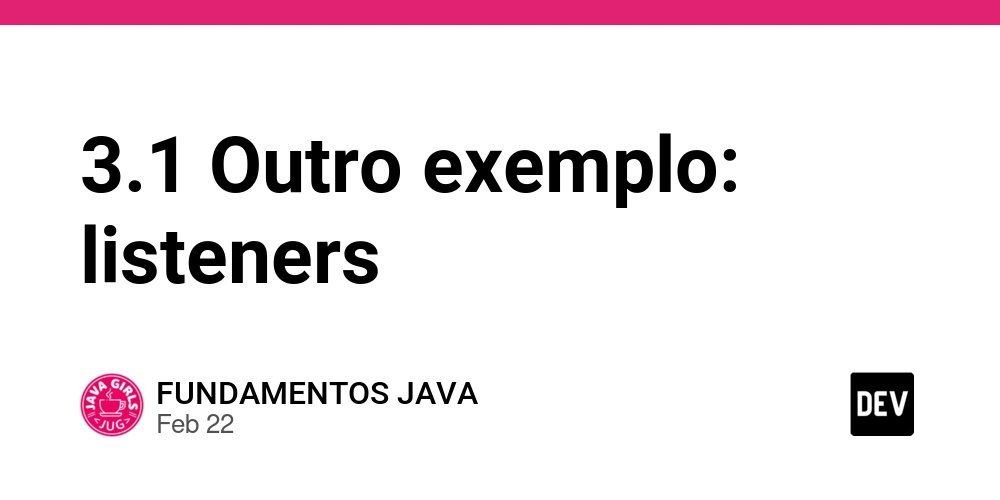How to Write Blog Posts That Google AdSense Approves and Loves
So you want to get Google AdSense approval and start earning from your blog? Great! But here's the thing—your content plays a big role in getting approved. If your blog posts are not helpful, original, or user-friendly, Google will most likely reject your site. In this guide, I’ll show you how to write blog posts that Google AdSense loves. These tips will not only help you get approved faster but also build a blog that earns well over time. 1. Focus on Original and Helpful Content Google loves original content. If you’re copying posts from other sites or using AI tools without editing, you’re heading for rejection. Your content should solve a problem or answer a question your readers have. Tip: Before writing, search your topic on Google and look at the top results. Now think — how can you explain this better in your own words? 2. Stick to a Clear Niche AdSense prefers niche blogs over mixed-topic blogs. When your blog has a clear niche, Google can understand what your site is about and show relevant ads. Examples of good niches: Tech tutorials, blogging tips, Android tricks, education, fitness, etc. 3. Write In-Depth Posts (1000+ Words) Short posts with 200–300 words won’t do much. Google and AdSense want in-depth content that provides complete value to the reader. Aim for at least 800–1000 words per blog post. Why? Long posts cover more keywords, keep readers on your site longer, and show you're serious about blogging. 4. Use Simple and Clear Language You don’t need fancy English. Just write like you're talking to a friend. Google understands plain language better, and your readers will thank you for it. Tip: Keep your sentences short. Avoid too many technical words unless you explain them. 5. Format Your Blog Posts Properly Messy posts are hard to read. Make your posts clean and easy to scan. Use headings, bullet points, paragraphs, and bold text for important points. Here’s a simple structure you can follow: Catchy Title Introduction (what the post is about) Main Content (divided with subheadings) Conclusion (summary or final words) 6. Add Relevant Images Images make your content more engaging. If your blog is all text, readers might leave quickly. Google notices that. So try adding at least one or two images per post. Tip: Use free image sites like Unsplash or Pexels. Don’t copy random pictures from Google. 7. Avoid Plagiarism and Spun Content AdSense has a strong content detection system. If you're using copied content or spinning articles from other blogs, you’ll get rejected. Fix: Always write fresh content in your own voice. Even if you get ideas from other blogs, make sure your post is 100% unique. 8. Add Internal Links Link to your other blog posts where it makes sense. This keeps users on your site longer and shows that your blog is well-structured. Example: If you're writing about AdSense, link to your post on AdSense rejection reasons. 9. Check Grammar and Spelling Grammar mistakes and spelling errors make your blog look unprofessional. Google may not trust such sites with ads. Fix: Use tools like Grammarly or read your post out loud before publishing. 10. Make Content SEO-Friendly Use your main keyword in the title, the first 100 words, subheadings, and a few times in the body. But don’t overdo it. Write for humans, not bots. Bonus: Add a short meta description and a catchy title with your main keyword. This helps with search rankings. Final Words If you're serious about getting AdSense approval, then content is your number one priority. No matter how nice your design is, if the content is weak, you'll be rejected. Write original, useful, and long blog posts that solve problems. Follow the tips I shared above, and you’ll be one step closer to your AdSense approval. Stay focused, keep learning, and never give up — your time will come! Need Help? If you want me to review your blog posts or give honest feedback before applying to AdSense, just reach out. I love helping fellow bloggers grow.
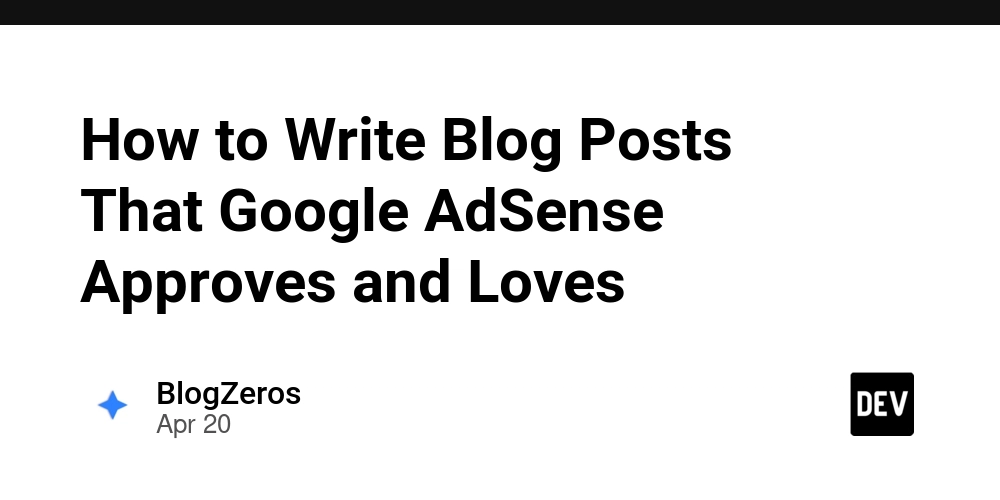
So you want to get Google AdSense approval and start earning from your blog? Great! But here's the thing—your content plays a big role in getting approved. If your blog posts are not helpful, original, or user-friendly, Google will most likely reject your site.
In this guide, I’ll show you how to write blog posts that Google AdSense loves. These tips will not only help you get approved faster but also build a blog that earns well over time.
1. Focus on Original and Helpful Content
Google loves original content. If you’re copying posts from other sites or using AI tools without editing, you’re heading for rejection. Your content should solve a problem or answer a question your readers have.
Tip: Before writing, search your topic on Google and look at the top results. Now think — how can you explain this better in your own words?
2. Stick to a Clear Niche
AdSense prefers niche blogs over mixed-topic blogs. When your blog has a clear niche, Google can understand what your site is about and show relevant ads.
Examples of good niches: Tech tutorials, blogging tips, Android tricks, education, fitness, etc.
3. Write In-Depth Posts (1000+ Words)
Short posts with 200–300 words won’t do much. Google and AdSense want in-depth content that provides complete value to the reader. Aim for at least 800–1000 words per blog post.
Why? Long posts cover more keywords, keep readers on your site longer, and show you're serious about blogging.
4. Use Simple and Clear Language
You don’t need fancy English. Just write like you're talking to a friend. Google understands plain language better, and your readers will thank you for it.
Tip: Keep your sentences short. Avoid too many technical words unless you explain them.
5. Format Your Blog Posts Properly
Messy posts are hard to read. Make your posts clean and easy to scan. Use headings, bullet points, paragraphs, and bold text for important points.
Here’s a simple structure you can follow:
- Catchy Title
- Introduction (what the post is about)
- Main Content (divided with subheadings)
- Conclusion (summary or final words)
6. Add Relevant Images
Images make your content more engaging. If your blog is all text, readers might leave quickly. Google notices that. So try adding at least one or two images per post.
Tip: Use free image sites like Unsplash or Pexels. Don’t copy random pictures from Google.
7. Avoid Plagiarism and Spun Content
AdSense has a strong content detection system. If you're using copied content or spinning articles from other blogs, you’ll get rejected.
Fix: Always write fresh content in your own voice. Even if you get ideas from other blogs, make sure your post is 100% unique.
8. Add Internal Links
Link to your other blog posts where it makes sense. This keeps users on your site longer and shows that your blog is well-structured.
Example: If you're writing about AdSense, link to your post on AdSense rejection reasons.
9. Check Grammar and Spelling
Grammar mistakes and spelling errors make your blog look unprofessional. Google may not trust such sites with ads.
Fix: Use tools like Grammarly or read your post out loud before publishing.
10. Make Content SEO-Friendly
Use your main keyword in the title, the first 100 words, subheadings, and a few times in the body. But don’t overdo it. Write for humans, not bots.
Bonus: Add a short meta description and a catchy title with your main keyword. This helps with search rankings.
Final Words
If you're serious about getting AdSense approval, then content is your number one priority. No matter how nice your design is, if the content is weak, you'll be rejected.
Write original, useful, and long blog posts that solve problems. Follow the tips I shared above, and you’ll be one step closer to your AdSense approval.
Stay focused, keep learning, and never give up — your time will come!
Need Help?
If you want me to review your blog posts or give honest feedback before applying to AdSense, just reach out. I love helping fellow bloggers grow.









































































































































































![[The AI Show Episode 144]: ChatGPT’s New Memory, Shopify CEO’s Leaked “AI First” Memo, Google Cloud Next Releases, o3 and o4-mini Coming Soon & Llama 4’s Rocky Launch](https://www.marketingaiinstitute.com/hubfs/ep%20144%20cover.png)
















































































































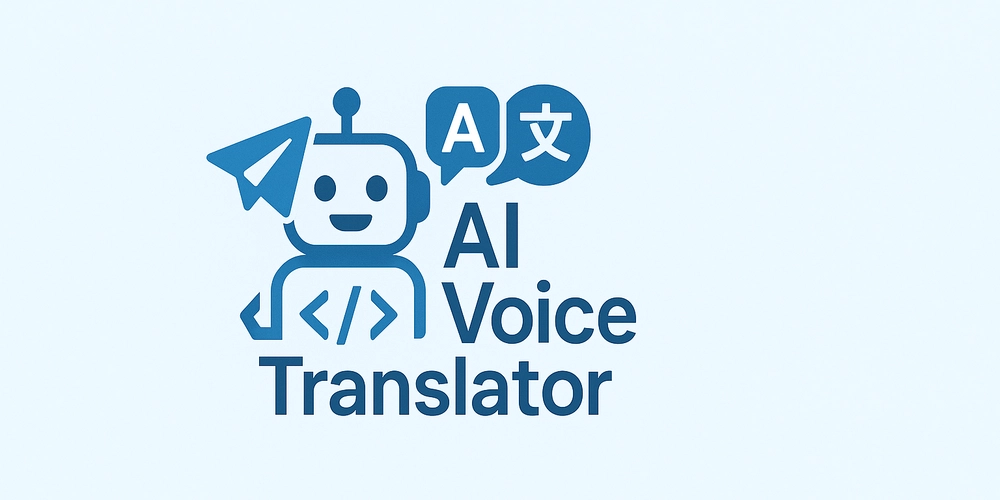
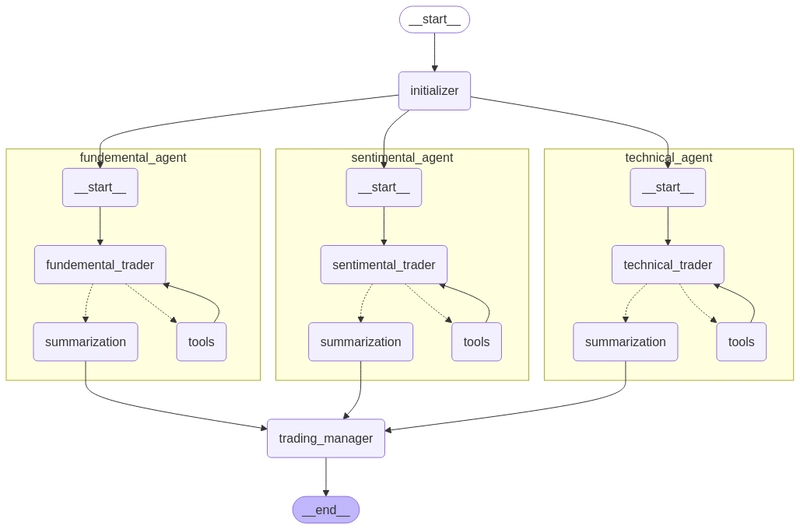
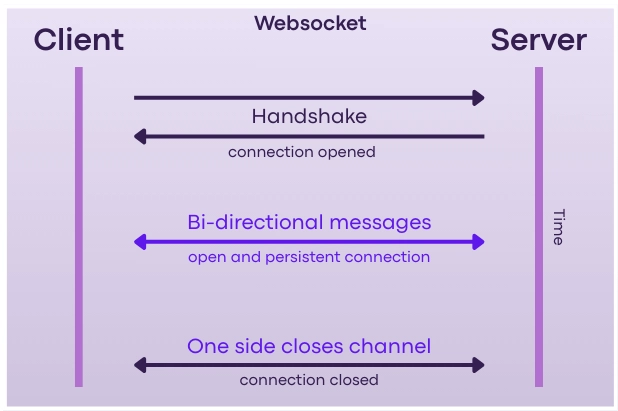










![[DEALS] The All-in-One Microsoft Office Pro 2019 for Windows: Lifetime License + Windows 11 Pro Bundle (89% off) & Other Deals Up To 98% Off](https://www.javacodegeeks.com/wp-content/uploads/2012/12/jcg-logo.jpg)



























![Is this too much for a modular monolith system? [closed]](https://i.sstatic.net/pYL1nsfg.png)











































































































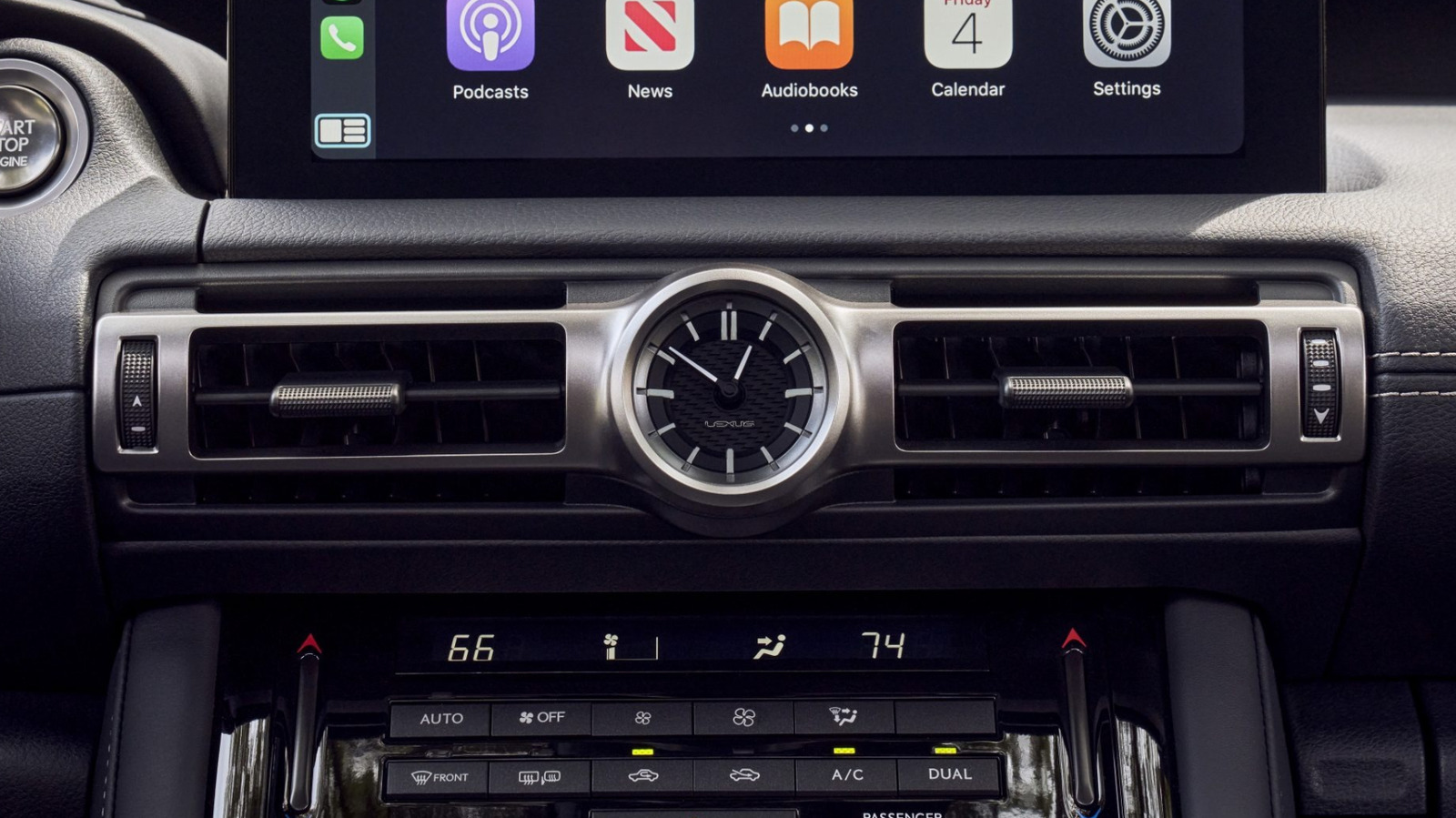










_Andreas_Prott_Alamy.jpg?width=1280&auto=webp&quality=80&disable=upscale#)






























































































![What features do you get with Gemini Advanced? [April 2025]](https://i0.wp.com/9to5google.com/wp-content/uploads/sites/4/2024/02/gemini-advanced-cover.jpg?resize=1200%2C628&quality=82&strip=all&ssl=1)












![Apple Shares Official Trailer for 'Long Way Home' Starring Ewan McGregor and Charley Boorman [Video]](https://www.iclarified.com/images/news/97069/97069/97069-640.jpg)
![Apple Watch Series 10 Back On Sale for $299! [Lowest Price Ever]](https://www.iclarified.com/images/news/96657/96657/96657-640.jpg)
![EU Postpones Apple App Store Fines Amid Tariff Negotiations [Report]](https://www.iclarified.com/images/news/97068/97068/97068-640.jpg)
![Apple Slips to Fifth in China's Smartphone Market with 9% Decline [Report]](https://www.iclarified.com/images/news/97065/97065/97065-640.jpg)


































































































































